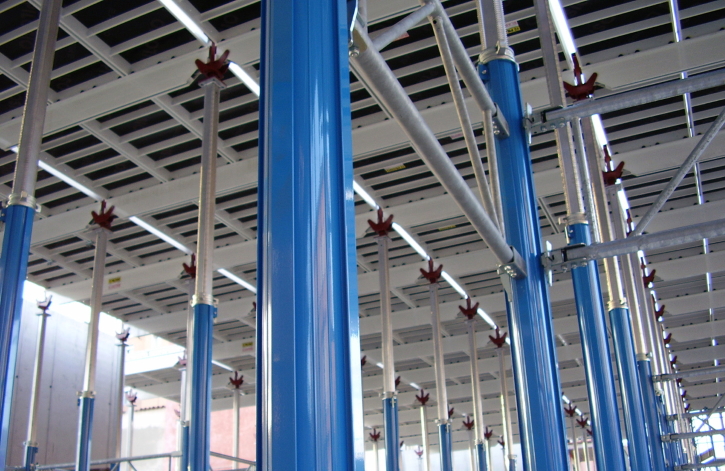
There are types of materials used in the construction of structures such as bridges and homes. In the olden days, Timber was used widely as trees were abundant and the structures could be easily and quickly built using Timber. An essential ingredient used in concrete construction is formwork, used by Cassaform Australia, which are permanent or temporary molds into which concrete is poured until the concrete becomes self-supporting.
Recently popular material steel is being used due to its durability and its strength. Besides these, one material that has been used for thousands of years and is still used today is concrete. Concrete is the most popular building material because it is durable, safe, economical and sustainable. There are a large number of types of formwork used in concrete construction today like -
Traditional Timber Formwork - The earliest types of formwork is traditional Timber formwork which is made from Timber or plywood. This is typically built on-site and it is easy to produce. It has a short lifespan and is time consuming especially for large structures. Timber formwork is used where labor costs are low or where there are complicated sections that need a flexible framework.
Engineered Formwork System - This formwork is built from prefabricated modules with the frame made from aluminum or steel. When compared to traditional Timber formwork, this can be constructed much faster and has a low cost since it can be reused large number of times.
Reusable Plastic Formwork - This formwork is made from lightweight and robust plastic that creates interlocking and modular formwork systems. It is an excellent choice for small but repetitive construction projects like low-cost housing estates. It has many applications in the construction industry. Considering that the panels are of plastic they do not require formwork removing agents and can be simply cleaned with water.
Permanent Insulated Formwork - The most advanced formwork systems involve formwork that is permanently insulated to provide additional thermal, fire-resistant, acoustic, and rodent resistant properties. The common type is insulating concrete forms (ICF) where the concrete structures are insulated with polystyrene foam which stays in place after the concrete has cured. This type is energy efficient and environmentally friendly and sustainable.
Stay - In - Place Formwork - Normally assembled on-site and made from prefabricated fiber-reinforced plastic forms, this formula is shaped in hollow tubes and used to construct columns and piers. This formwork stays in place once the concrete has set and acts as axial and shear reinforcement which prevents environmental damage like corrosion and freeze-thaw cycles.
Flexible Formwork - This user’s lightweight high-strength sheets of fabric designed to complement the fluidity of concrete by creating highly optimized, architecturally interesting building forms. This formwork uses less concrete which facilitates considerable energy savings.
In Modern construction, concrete structures are designed to suit different purposes. Depending on the type of structure, any of the above-mentioned formwork may be used to construct a durable, affordable, and sustainable structure that provides a lot of advantages over other types of building materials. Selecting the most suitable formwork for the project is paramount to its success.
| < Prev | Next > |
|---|




